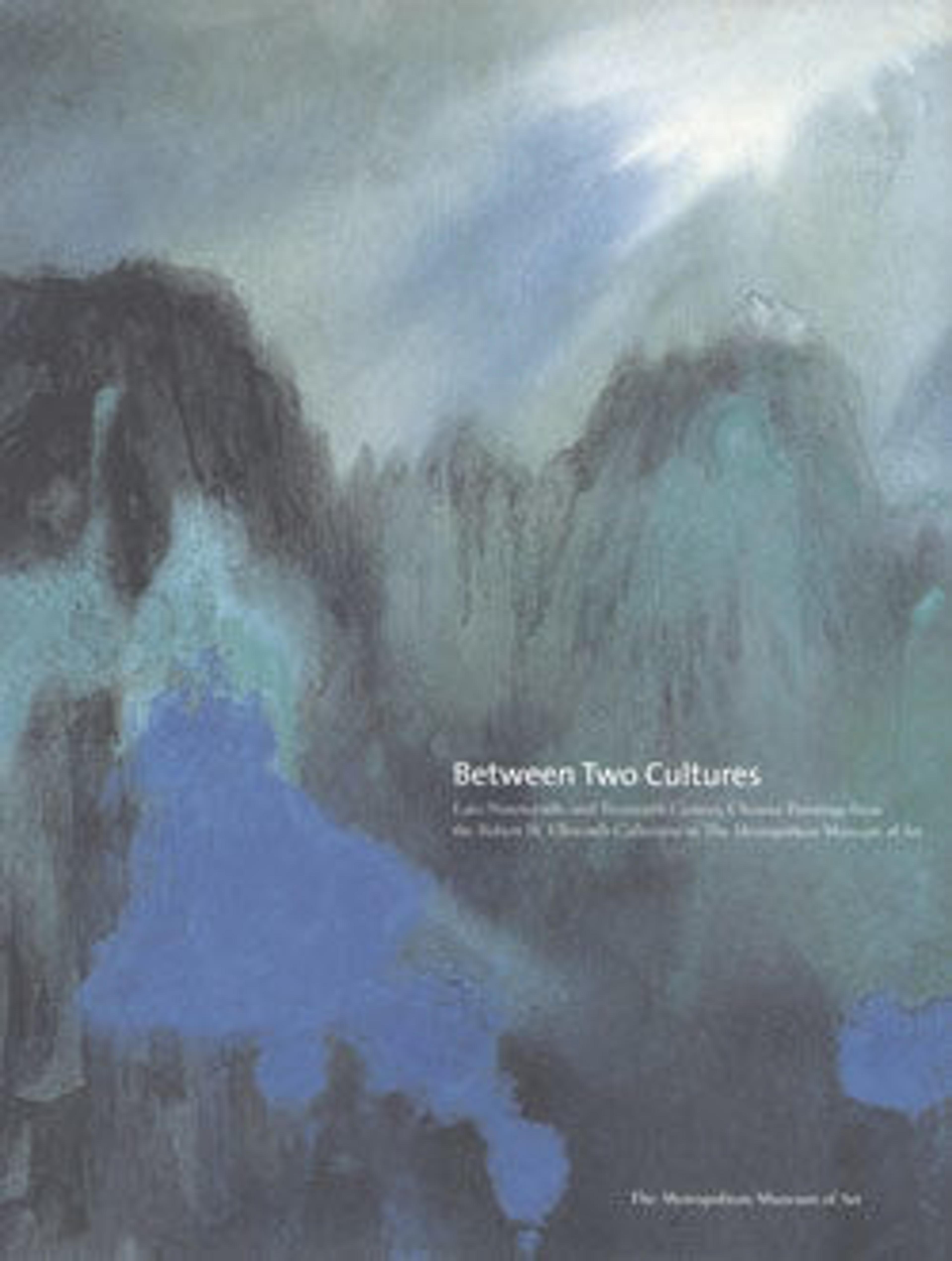Portrait of the Priest Hongyi
This image, dated to the first day of the Chinese New Year in 1943, pays homage to Feng's mentor, Hongyi, who died in 1942. Hongyi, whose secular name was Li Shutong, was the earliest Chinese artist to receive training in Western painting in Japan and one of the pioneers in modern art education. Li was also the first Chinese artist to explore modern woodcut techniques, introducing graphics into Chinese newspapers and stressing the importance of teaching commercial art. Disillusioned by the corruption and chaos he saw around him, Li became a Buddhist monk in 1918. Feng's portrait is drawn in a starkly simple outline style in which the lines function descriptively rather than calligraphically. Hongyi is shown looking straight at the viewer, his openness and goodness reflected in his warm smile and relaxed pose.
Artwork Details
- 近代 豐子愷 弘一法師像 軸
- Title:Portrait of the Priest Hongyi
- Artist:Feng Zikai (Chinese, 1898–1975)
- Date:dated 1943
- Culture:China
- Medium:Hanging scroll; ink on paper
- Dimensions:23 1/4 x 14 1/4 in. (59.1 x 36.2 cm)
- Classification:Paintings
- Credit Line:Gift of Robert Hatfield Ellsworth, in memory of La Ferne Hatfield Ellsworth, 1986
- Object Number:1986.267.327
- Curatorial Department: Asian Art
More Artwork
Research Resources
The Met provides unparalleled resources for research and welcomes an international community of students and scholars. The Met's Open Access API is where creators and researchers can connect to the The Met collection. Open Access data and public domain images are available for unrestricted commercial and noncommercial use without permission or fee.
To request images under copyright and other restrictions, please use this Image Request form.
Feedback
We continue to research and examine historical and cultural context for objects in The Met collection. If you have comments or questions about this object record, please contact us using the form below. The Museum looks forward to receiving your comments.
